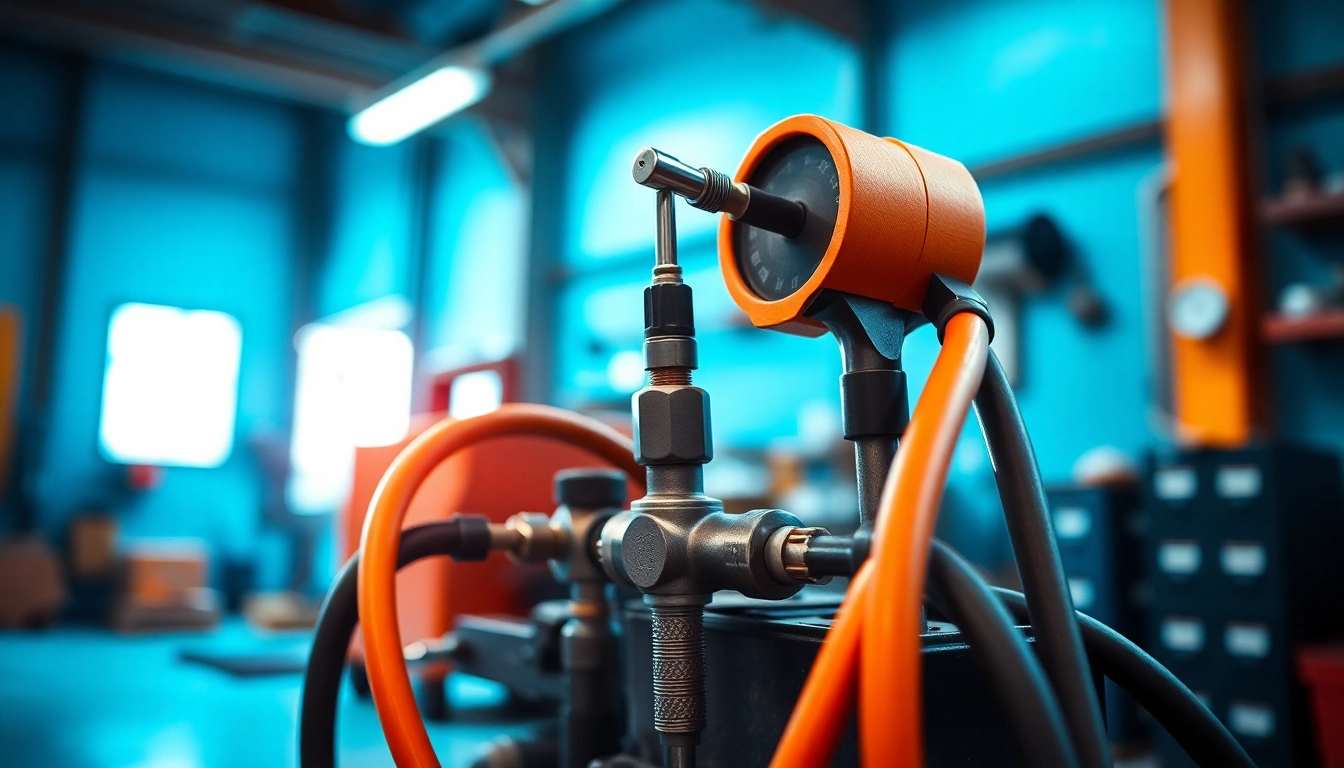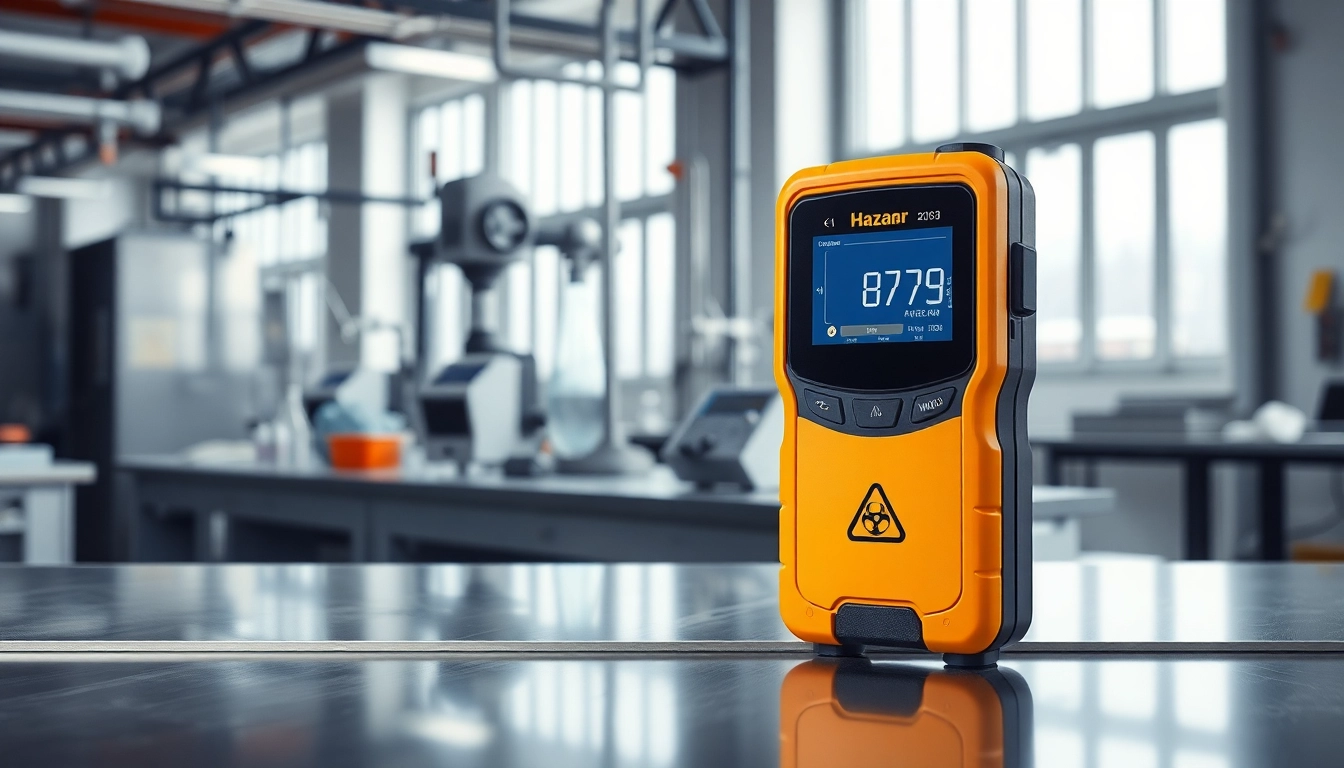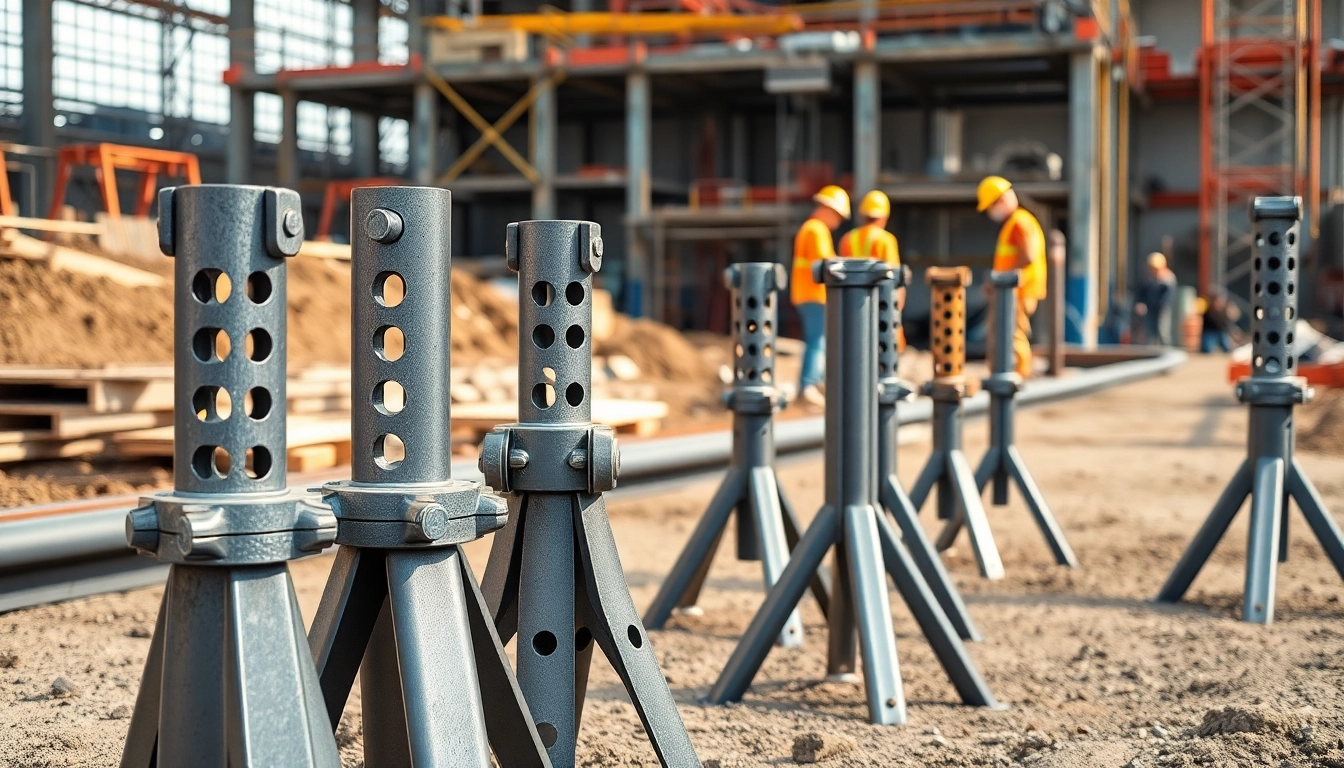Understanding Oxy Gas Welding Kits
When it comes to metalwork, an oxy gas welding kit stands as a crucial tool for professionals and hobbyists alike. These kits combine the power of oxygen and fuel gas, typically acetylene, allowing for high-temperature welding and cutting. Understanding the intricacies of oxy gas welding kits not only helps you select the right one for your needs but also enhances your skills and efficiency in various welding applications.
What is an Oxy Gas Welding Kit?
An oxy gas welding kit is a collection of equipment used to weld or cut metals by utilizing the exothermic reaction between oxygen and a fuel gas. This method is known as oxy-fuel welding or cutting. The temperature at which this process occurs can reach approximately 3,200°C (5,792°F), enabling it to effectively melt steel and other metals.
At its core, an oxy gas welding kit typically includes components such as a welding torch, gas hoses, regulators, and gas cylinders. The versatility of these kits makes them suitable for various applications, including automotive repair, metal fabrication, plumbing, and even artistic welding.
Key Components of an Oxy Gas Welding Kit
Understanding the components of an oxy gas welding kit is essential for maximizing its use:
- Welding Torch: The device where the gases mix and ignite, providing the flame for welding or cutting.
- Regulators: Responsible for controlling the pressure of the gases coming from the cylinders to the torch.
- Gas Cylinders: Typically, one cylinder contains oxygen while the other contains acetylene or other fuel gases.
- Hoses: Flexible tubes that transport the gases from the cylinders to the torch. They must be durable and resistant to the high pressures of gas.
- Nozzles: Attachments to the torch that mix the oxygen and fuel gas in the right proportion before combustion.
Common Uses and Applications
Oxy gas welding kits find applications across various industries. Here are some common uses:
- Metal Fabrication: Used for assembling and fabricating products made from steel and other metals.
- Automotive Industry: Helpful for performing repairs and custom modifications on vehicles.
- Artistic Applications: Welders and artists incorporate oxy-fuel welding for creating sculptures and intricate designs.
- Plumbing: Used for soldering pipes and fittings in plumbing applications.
Types of Oxy Gas Welding Kits
When navigating the market for oxy gas welding kits, understanding the different types available helps you make an informed purchase.
Light Duty vs Heavy Duty Oxy Gas Welding Kits
Generally, oxy gas welding kits are categorized into light-duty and heavy-duty models. Light-duty kits are designed for smaller, less demanding jobs—perfect for beginners or for those engaging in occasional welding tasks. In contrast, heavy-duty kits are equipped to handle more rigorous applications, including industrial welding.
When choosing between the two, consider the frequency and nature of your welding tasks. Heavy-duty kits usually cost more but also provide greater durability and performance, potentially saving you money in the long run.
Portable Oxy Gas Welding Kits
For individuals who need mobility, portable oxy gas welding kits are invaluable. These kits come in a compact size, making them easy to transport. Typically, they include smaller gas tanks and lightweight equipment without compromising safety or welding quality. Ideal for on-site repairs, such kits can fit in a vehicle’s trunk, allowing for easy access wherever work may take you.
Comparison of Leading Brands
With numerous manufacturers producing oxy gas welding kits, comparing brands can clarify which suits your needs best. Popular brands like Harris, Victor, and Lincoln Electric are renowned for their reliability and performance. Factors such as price, warranty, customer reviews, and after-sales support should all influence your decision.
The Edward Harris and Victor torch kits, for instance, are often highlighted for their durability and range of accessories. Research can guide you to make a purchase that balances quality with your budget considerations.
How to Choose the Right Oxy Gas Welding Kit
Choosing the most suitable oxy gas welding kit hinges on several pivotal aspects. Strategically evaluating your welding needs, budget, and level of experience can help narrow your options.
Assessing Your Welding Needs
To select the right kit, first assess the scope of your projects. Do you plan to conduct light repairs or undertake full-scale fabrication? Light-duty kits are usually sufficient for simple tasks, while heavy-duty kits are necessary for extensive welding jobs requiring high heat and energy.
Determine what materials you will most often work with. Some kits may work better with specific metals than others. Understanding your project’s specific requirements ensures you obtain a welding kit that meets both present and future demands.
Budget Considerations for Oxy Gas Welding Kits
Your budget significantly influences your choice of welding kit. Crafting a budget and sticking to it can prevent overspending. Evaluate the expected cost of accessories, maintenance, and gas refills when determining an overall investment.
While cheaper kits may seem attractive, they could compromise performance and safety. Investing in a trusted brand will likely provide better reliability and durability in the long term.
Tips for Beginners
If you’re new to oxy gas welding, additional tips will help set you up for success:
- Start with a Quality Kit: Invest in a reliable, user-friendly kit to make the learning curve manageable.
- Take Safety Serious: Ensure you understand and apply all safety protocols associated with the use of gas cylinders and welding equipment.
- Practice, Practice, Practice: Dedicate time to practice welding techniques on scrap metal before engaging in actual projects.
- Seek Training: Consider taking formal classes to acquire essential skills and knowledge from experienced welders.
Safety Tips When Using Oxy Gas Welding Kits
Safety cannot be overstressed when working with oxy gas welding kits. The combination of high temperatures and flammable gases requires strict adherence to safety protocols.
Essential Safety Gear
To protect yourself while welding, always wear appropriate safety gear. Essential items include:
- Welding Helmet: Protects your eyes and face from the intense light and heat generated during welding.
- Gloves: Thick, flame-resistant gloves prevent burns and scrapes from hot metal.
- Protective Clothing: Long sleeves and pants made from flame-resistant materials help safeguard your skin.
- Safety Boots: Steel-toed boots can protect your feet from heavy equipment and hot materials.
Safe Operation Practices
Before welding, ensure your workspace is clean and free from any flammable materials. Always inspect your equipment, such as hoses and connections, for wear or damage. Make sure that your work area has proper ventilation to prevent the buildup of harmful gases and fumes. During operations:
- Never leave an active welding station unattended.
- Keep a fire extinguisher nearby, preferably suitable for chemical and gas fires.
- Be vigilant of your surroundings, ensuring that others remain at a safe distance while welding.
Emergency Procedures and First Aid
Despite safety precautions, accidents can happen. Knowing emergency procedures and first aid measures is crucial. Familiarize yourself with the location of fire extinguishers and emergency exits in your work area. In case of an accident:
- Assess the situation quickly to determine the necessary response.
- If a fire occurs, evacuate the area immediately and use a fire extinguisher only if it’s safe to do so.
- For burns or injuries, apply cooling water to the affected area and seek medical attention for severe cases.
Maintaining Your Oxy Gas Welding Kit
Proper maintenance of your oxy gas welding kit can extend its lifespan and ensure optimal performance.
Regular Maintenance Checks
Periodic inspections are vital to identify any wear or potential problems with your kit. Regularly check:
- The condition of hoses, looking for cracks or deterioration.
- Regulators for leaks or any signs of gas ingress.
- The welding torch to ensure it is functioning correctly and producing a consistent flame.
Cleaning and Care for Your Kit
Keep your oxy gas welding kit clean to maintain functionality. Store equipment in a dry, secure area, away from extreme temperatures and moisture. Clean the welding torch and nozzles after each use to prevent blockages caused by soot or residual materials.
Use a soft brush or cloth to wipe down the surfaces and avoid using water or chemicals that may damage components.
Signs Your Oxy Gas Welding Kit Needs Repair
Awareness of common signs that indicate your kit may need repair is critical:
- Unusual Noises: If your torch or regulators are making grinding or hissing noises, this could indicate an issue that needs addressing.
- Gas Leaks: Noticeable gas odors around connections or regulators are a clear sign of a leak that requires immediate attention.
- Inconsistent Flame: If the flame produced is uneven or sputters, it may signal clogs or issues within the torch or nozzle.
In conclusion, an oxy gas welding kit is an invaluable tool across various industries, enhancing efficiency and capabilities in metalworking tasks. By understanding the components, types, safety protocols, and maintenance of your welding kit, you can ensure a safer and more efficient working experience. Whether you’re a novice or an experienced welder, continually honing your skills and staying informed about the best practices are essential for successful projects.



